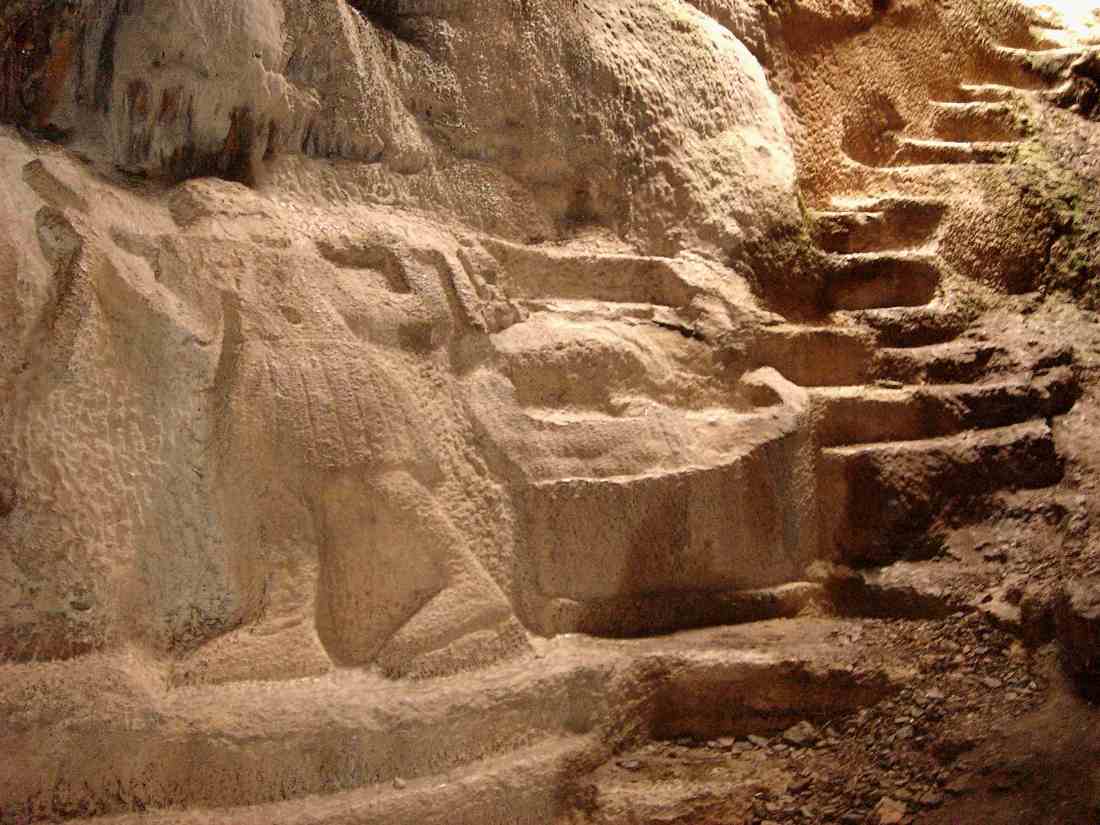
Philopappou Hill
Philopappa Hill, 147 meters high and covered with pine and olive trees, is located opposite the Acropolis. Between Philopappa Hill and Pnyx Hill was the road leading south to the bay of Faliro and Piraeus. In the 2nd century it was known as the Hill of the Muses and according to legend there was the tomb of the poet Museus, a pupil of Orpheus. There are remains of towers and fortifications dating back to the time of Demetrius II of Aetolia (239-229 BC). On the western slope of the hill one can see the ruins of buildings, wells and water tanks carved directly into the rock, while on the eastern slope there are the remains of buildings, including the so-called “Prison of Socrates”. The hill got its modern name thanks to the monument of Philopappus, erected in honor of Gaius Julius Antiochus Philopappus. He was a member of the dynasty that ruled in Commagene, a kingdom absorbed into the Roman Empire. Exiled to Athens, Philopappus used his wealth to improve the city. After his death in 116, the Athenians erected a monument to him. In 1687, Venetian artillery under Francesco Morosini, stationed on the hill, fired on the Parthenon, which the Ottomans used as a weapons depot. In 1965, an outdoor theater was opened on the western slope of the hill, initiated by Dora Stratu, which became a venue for dance evenings.
Guest reviews
You may also be interested in similar information
Fabulous Cafe Little Kook
Athens, Greece
Technopolis
Athens, Greece
Wolf Hill in Athens
Athens, Greece
Limanakia Beach
Athens, Greece
Parnitha cable car
Athens, Greece
Arch of Hadrian
Athens, Greece
Nymfoliptos cave
Athens, Greece
Abandoned railway station
Athens, Greece








